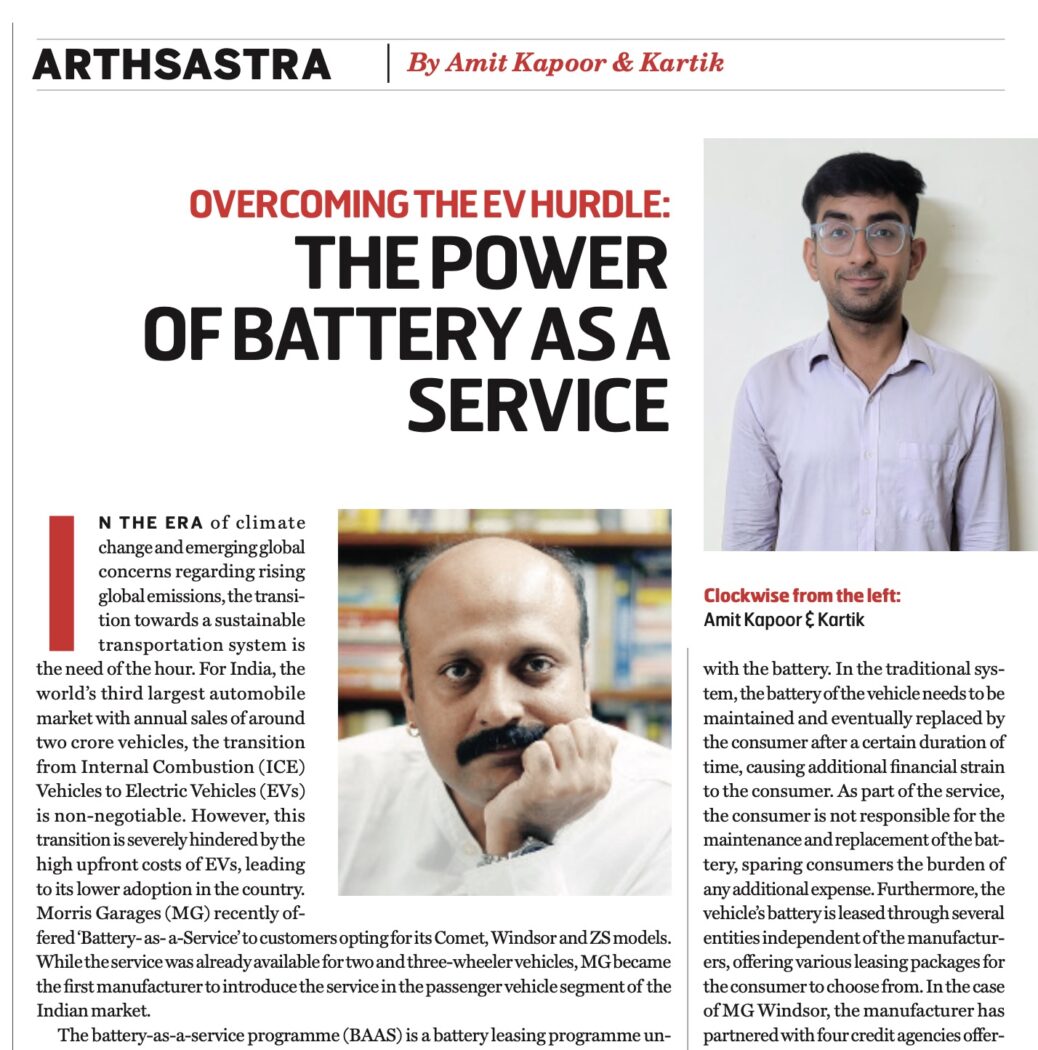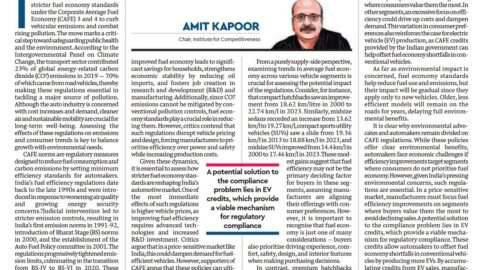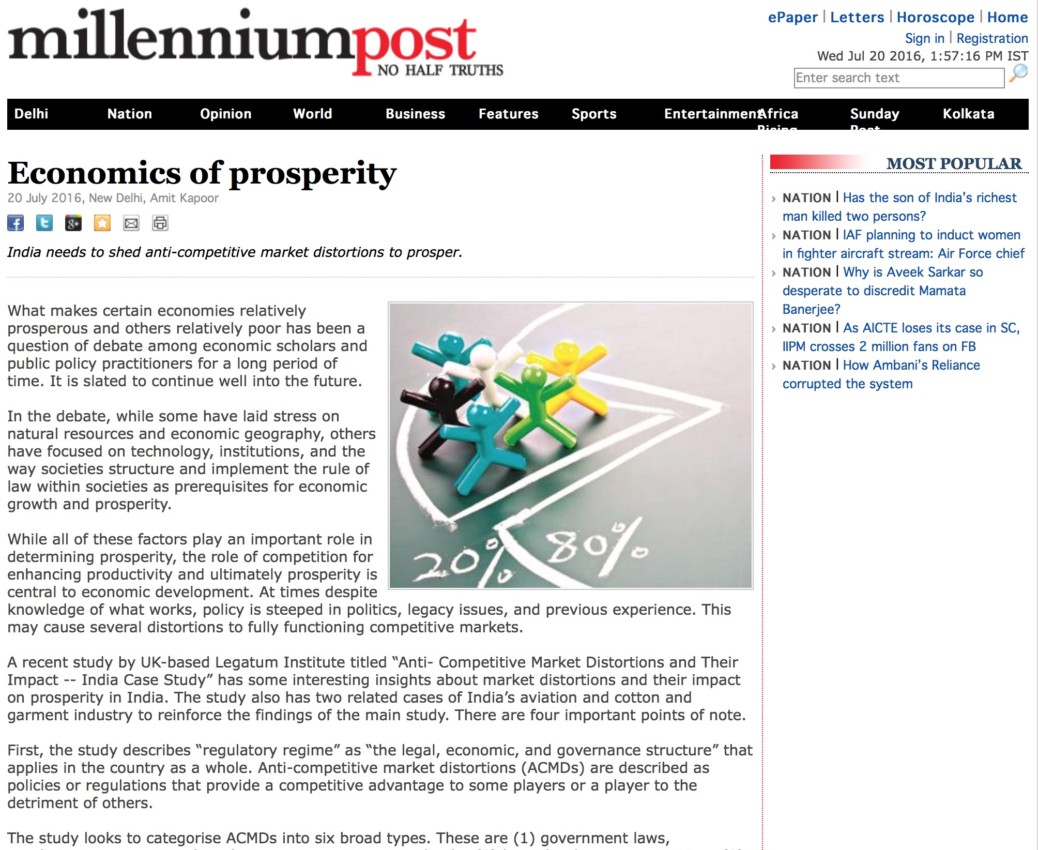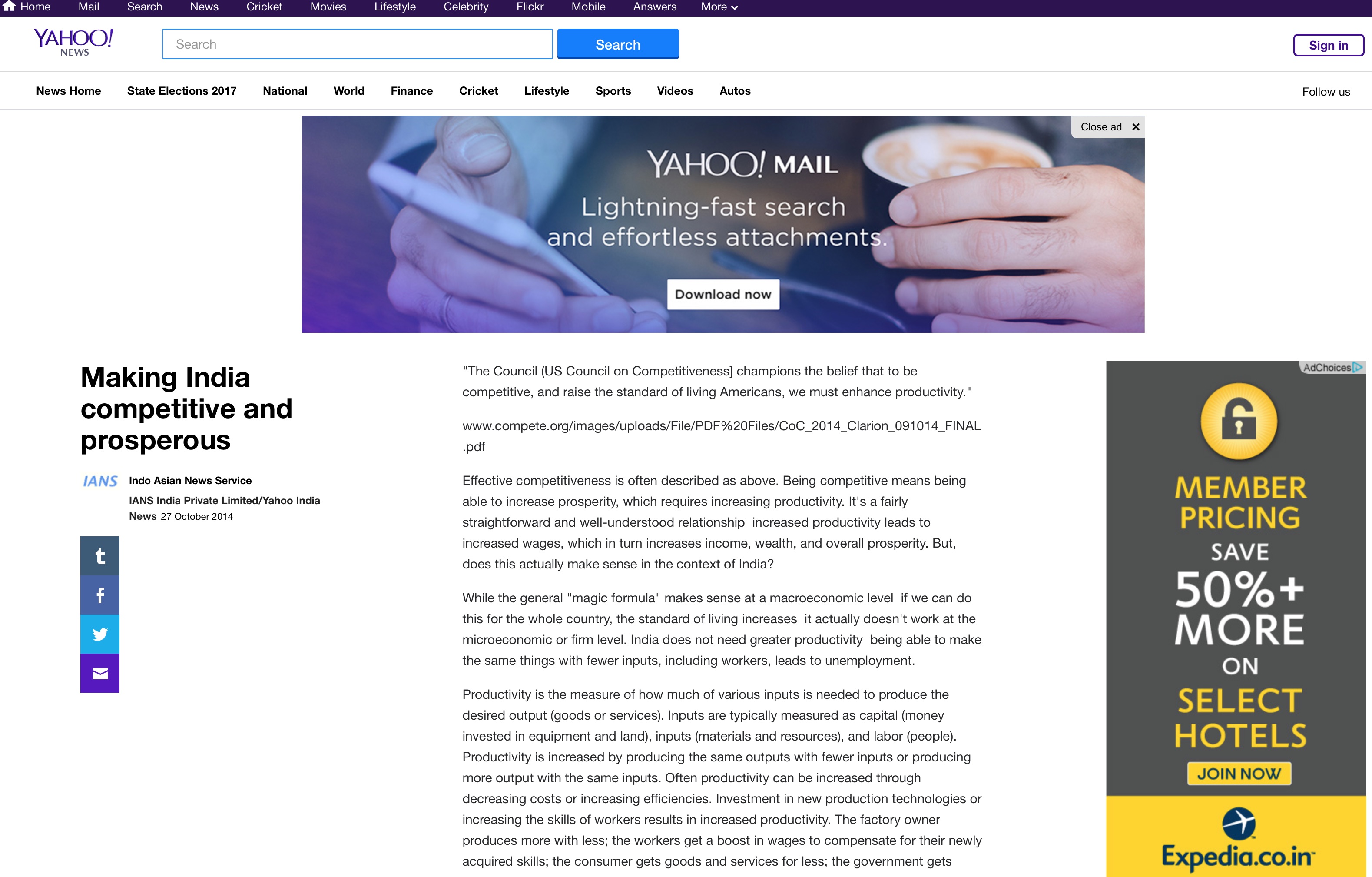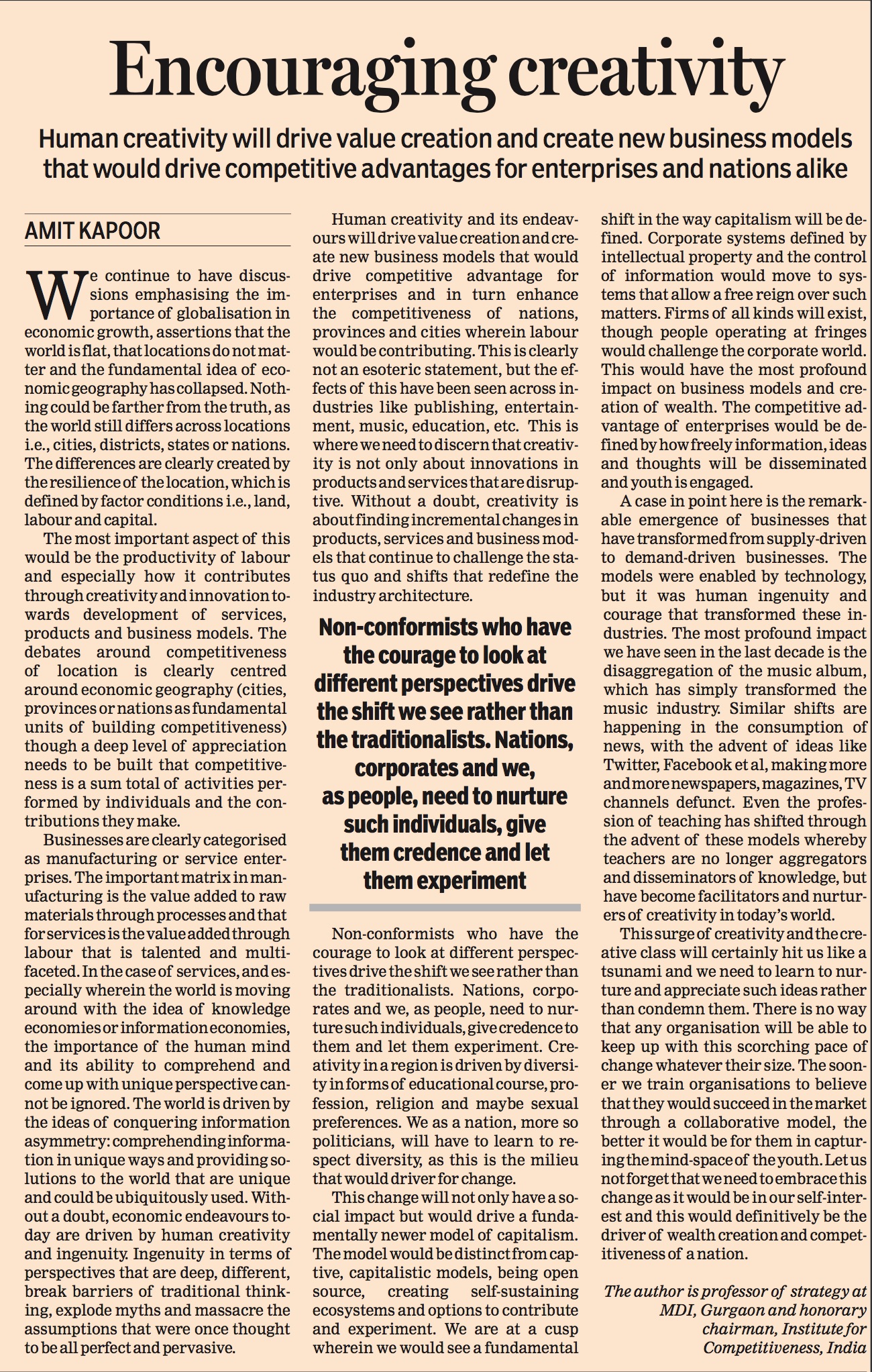By Amit Kapoor and Kartik
The Battery as a service programme (BAAS) is a battery leasing program under which the battery is not sold as part of the vehicle but is leased separately to the consumers. Hence, when buying the vehicle, the consumers don’t have to pay for the battery at the time of the vehicle purchase. Instead, consumers make a monthly payment to the company based on the distance travelled by the vehicle. As Batteries form around 30-40% of the vehicle price, BAAS significantly reduces the prices of electric vehicles and makes them comparable to other ICE vehicles in the market. For Example, MG Comet was initially priced at 7 lakhs. Although it was the cheapest electric vehicle in the market, it was priced at the higher end of the typical consumer’s buying spectrum of 4-8 lakhs. Within this price range, there are numerous ICE vehicles offering better value to consumers. However, with the BAAS program, the MG Comet is highly affordable, available at just 5 lakh rupees. This price positions it competitively amongst its peers, making it a compelling option for Indian consumers opting for an electric vehicle.
The BAAS program, in addition to reducing the upfront cost of a vehicle, offers consumers another set of benefits as compared to the outright purchase of the vehicle with the battery. In the traditional system, the battery of the vehicle is needed to be maintained and eventually replaced by the consumer after a certain duration of time, causing additional financial strain on the consumer. Under the service, consumer is not responsible for the maintenance and replacement of the battery, sparring the consumers of any additional expense to be incurred. Furthermore, the vehicle’s battery is leased through several entities independent of the manufacturers, offering various leasing packages for the consumer to choose from. In the case of MG Windsor, the manufacturer has partnered with four credit agencies offering varied usage charges ranging from 3.5 to 5.8 rupees per km. Additionally, where one plan fixes the minimum amount to be paid each month irrespective of the distance travelled, some plans charge only for the distance travelled without any minimum requirement. Consumers are also allowed to leave the BAAS program by buying the battery at its remaining value. These wide-ranging plans benefit customers with varying driving habits and make driving EVs more financially viable for each type of consumer as compared to buying the battery upfront at a fixed price with the vehicle.
BAAS has proved its merit and gained significant popularity in the country’s two and three-wheeler market. One of the critical reasons for this is the additional aspect of battery swapping incentives currently in the two- and three-wheeler market as part of the BAAS program. Under the battery swapping program, consumers can swap their defunct, discharged batteries with fully recharged ones at the battery swapping station in minutes. Battery Swapping is a suitable charging alternative for EV consumers in the country, especially for people driving EVs for commercial purposes such as Taxis, Goods Carriers and Last mile deliveries. In the absence of battery swapping, the driver’s earning potential would be severely hampered as they would typically spend 6-8 hours of his day just charging the vehicle and unable to work. The lack of adequate chargers further added to the downtime experienced by the driver, as a significant amount of time was spent looking for free chargers available. With the option of battery swapping, a driver can operate their EVs throughout the day without worrying about charging, which significantly increases the working hours of the driver and enhances their earning potential by a significant amount. India has seen the growth of various battery swapping operators for 2-3 wheelers in recent times, such as Sun Mobility, Ola and Battery Smart. The sector is set to grow further, with operators such as Sun Mobility forming collaborations with other entities such as Indian Oil, aiming to establish 10,000 battery swapping stations by 2030.
Despite the high growth and future aspirations for battery swapping in two and three wheelers, battery swapping for four-wheelers is yet to be explored in the Indian market. One of the primary challenges is the size of the battery pack and its placement within the structure of the 4-wheeler vehicle, making manual swapping impractical. However, efforts to swap batteries for four-wheelers have been made in some parts of the world, notably by Nio, a Chinese company. Nio has set up 2300+ battery swapping stations for four-wheelers using automation procedures. For India, a country possessing a swiftly growing yet insufficient charging infrastructure, four-wheeler battery swapping can be a supportive system and a possible area for exploration in the future, expanding the full range of benefits of the BAAS model for four-wheelers as well.
High upfront costs remain a significant barrier to the adoption of Electric vehicles in India. While the achievement of economies of scale in the production of electric vehicles is the ideal way to overcome this obstacle, Battery as a service offers an interim solution. With its battery leasing options and an added advantage of Battery Swapping systems, the BAAS Service makes electric vehicles more viable for Indian consumers and helps India transition towards a fully electric future.
The article was published with Business World.

